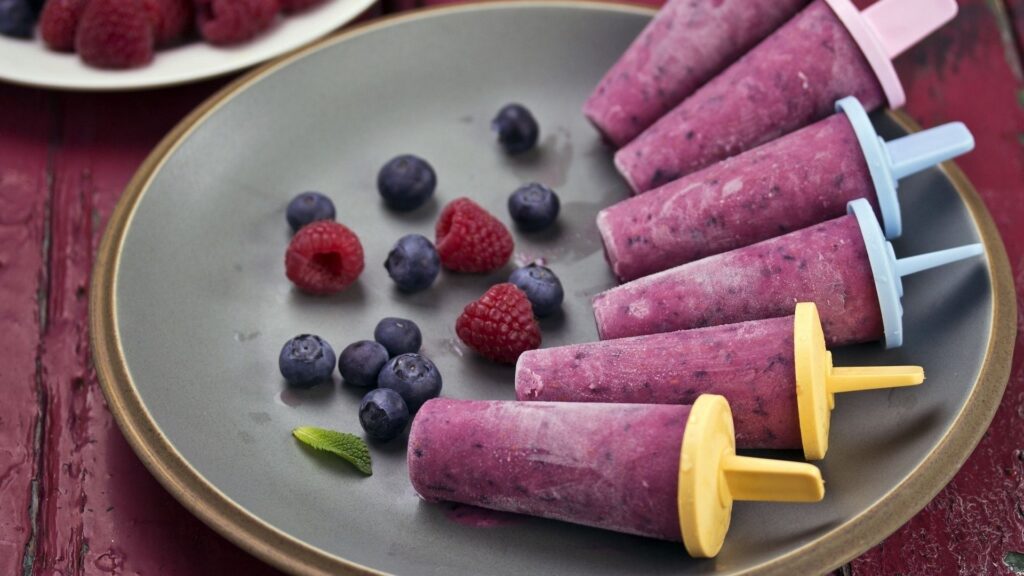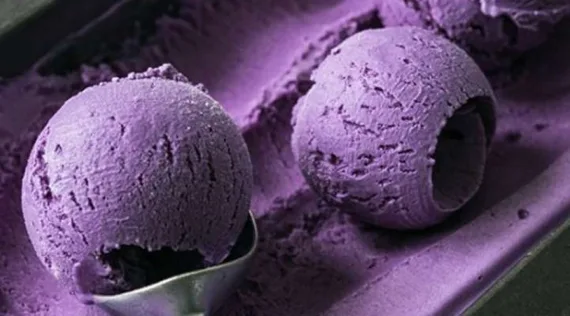Summer is not just a time for vacations, hot days and refreshing drinks. This is a period when consumer behavior is noticeably changing, and product brands can play a good role in this. The right seasonal campaign helps attract attention, revive interest in the brand, and boost sales. This is especially effective in the grocery segment, as food, drinks and gastronomic pleasures play a special role in the summer.
Seasonal campaigns for grocery stores brands: summer ideas — it's not just a list marketing services Instead, it is a whole strategy based on understanding the mood, habits, and needs of the audience in a particular period. Let's look at how to prepare such a campaign and what ideas should be implemented.
Understanding the seasonal context
The summer months are associated with recreation, picnics, light meals, fruit, grilling, soft drinks and evening gatherings in nature. These images should be used in your communications. Before launching a campaign, it's important to ask yourself a few questions:
What changed in my audience's behavior over the summer?
What products are particularly popular in hot weather?
Where do summer activities take place most often-at home, in the country, in the park, on the beach?
What images, smells, and tastes do people associate with summer?
The answers to these questions form the emotional foundation of the campaign and help the brand to " ground” in specific situations that are familiar and close to the audience.
Updating packaging and communication
In summer, consumers perceive information differently. Everything should be simpler, easier and faster. This applies to both packaging and messages.
Temporary packaging changes are a good move. You can introduce a limited summer series with a bright design, add recipes, QR codes with games or music to the packaging, and offer a seasonal format — mini picnic packages or travel kits.
You should also adapt your texts and visual materials: use more white space, refreshing colors, and light fonts. In communications, the topics of freshness, pleasure, relaxation, and caring for yourself and your loved ones are relevant.
How to motivate your audience to create content
The audience itself is not always ready to share photos or videos. But if you approach with respect, engage, encourage — the result will not be long in coming. The most efficient methods are:
Challenges and flash mobs with simple but emotional conditions;
Contests with prizes for the best photo feedback;
Offer to get on the official account of the brand;
Request for feedback with the ability to be heard.
People like to feel like they're part of something big. When a brand gives a sense of ownership and values the input of its customers, there is a real connection.

Creating seasonal content
Seasonal campaigns for food brands: ideas for the summer must include working with content. These can be:
Video recipes and ideas for summer mealswhere your product plays an important role: light salads, drinks, grilled dishes, ice cream, smoothies, buffet snacks.
Collaborations with bloggersthose who hold summer challenges, cook in the country, or arrange picnics with your products.
Consumption storieswhere the product becomes part of summer memories: "How my friends and I used to have a movie night on the roof and eat your chips”"
Visual storytelling works well: photos and videos should convey the atmosphere of heat, relaxation, sea breeze, or country greenery. Such details increase engagement and create an emotional connection with the brand.
Promotions and offline activities
Summer is the driving season. People leave their homes and spend more time outside. Therefore, it is worth going beyond the Internet. One of the options is tastings at city events, parks, shopping centers, and beaches. It is important that these are not just points with samples, but mini-events with photo zones, games, and quests.
You can also offer:
bonuses when purchasing products in the store (for example, summer goods as a gift);
next purchase coupons;
participation in sweepstakes related to travel and recreation (trips, tents, barbecues, beach accessories);
stickers and merch with a summer identity.
This format activates several sales channels at once and helps not only attract attention, but also strengthen loyalty.
Social and emotional meanings
A summer campaign can not only sell, but also inspire. Food brands are part of everyday life, which means that they can easily integrate into the themes of care, joy, and tradition. For example:
Support local producers, emphasize the freshness and naturalness of ingredients.
Start a series of publications about your family's summer memories - with recipes, stories, and photos.
Create a "summer taste diary" - and invite customers to share their discoveries in social networks.
This approach creates a deep emotional connection with the brand and is more memorable than a simple “buy 2 — get 3”promotion.
Working with points of sale
Supermarkets and retail stores are the stage for the summer presentation. Shelf decoration, bright navigation signs, tastings, POP-up materials with images of summer-all this helps to distinguish the product from competitors. If the brand is displayed on the shelf next to iced drinks, fruit, or picnic items, this increases the impulse purchase.
It is also important to work with salespeople to teach them how to pass on the summer benefits of the product and motivate customers to try out the new product right now.
Summary and analysis
After completing the campaign, it is important to collect feedback. What formats worked? What triggered the response? Where was the most engagement? This data will help you adjust your strategy for the future and improve your winter or fall campaigns.
Seasonal campaigns for food brands: ideas for the summer "it's a whole world of emotion, context, and engagement. A successful strategy begins with the desire to make the product part of the summer for millions of people — an easy, delicious, joyful part.








